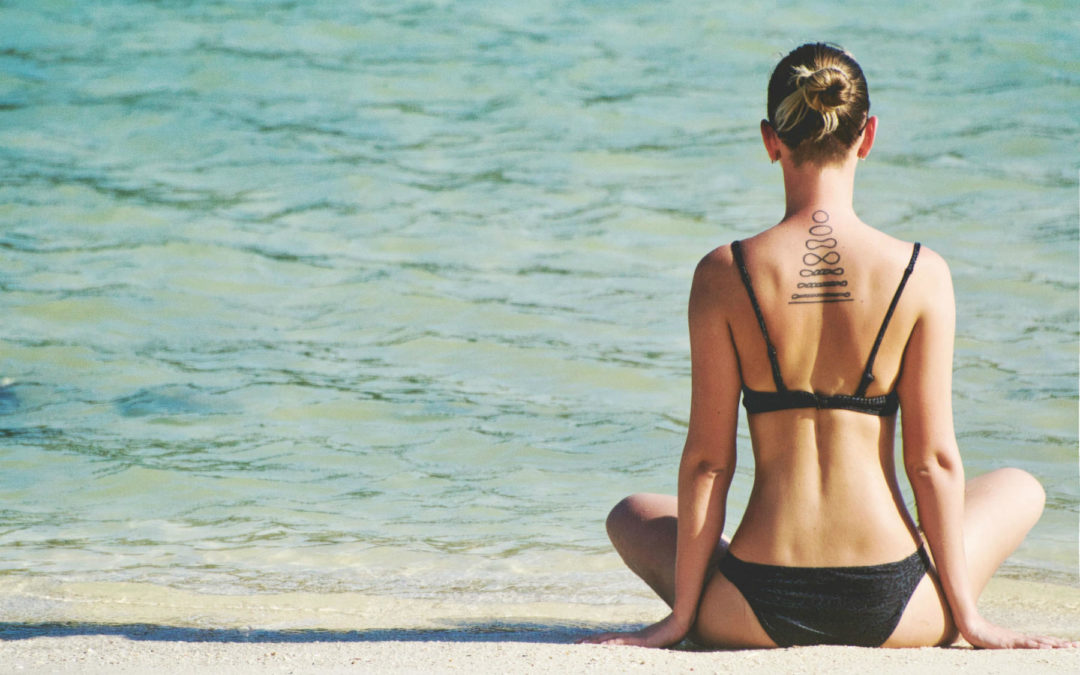FDA Proposes New Rule To Ensure Safety, Effectiveness Of Sunscreen Products
US health regulators are seeking changes that will make it easier for consumers to find safe and effective sunscreen products.
The U.S. Food and Drug Administration announced on Thursday it is proposing new regulations that aim to improve the safety and effectiveness of sunscreen products…
Sunscreen Safety
Q: As a dermatologist and photobiologist, you’re an expert on the effects of sunlight on skin as well as sun protection and how it works. When some people say they’re concerned about the safety of sunscreens, how can we put that into perspective?
Dr. Buzney: For starters, we know that the sun causes most skin cancers. That is absolutely proven. We also know that in some cases, skin cancer can be deadly. We can talk about the alleged risks of sunscreens all you want, but the truth is that they help protect you from the potentially deadly risks from the sun.
We have also proven that sunscreen helps prevent skin cancer. Two important Australian studies showed that melanoma was reduced by 50 percent and squamous cell carcinoma by 40 percent in those who used sunscreen daily. That’s huge. So keep slathering on the sunscreen!
That said, I want to stress that when you think about sun protection, sunscreen is important, but you should also think beyond sunscreen. The safest and most effective method, used throughout history, is to minimize your exposure to the sun and wear clothing and hats. Any discussion of sun protection has to start with those…
Does UVA or UVB Cause Skin Cancer?
Most tanning beds give off large amounts of UVA, which has been found to increase skin cancer risk. UVB rays have slightly more energy than UVA rays. They can damage skin cells’ DNA directly, and are the main rays that cause sunburns. They are also thought to cause most skin cancers…
Dermatologist Sonia Batra’s Top Sunscreen Tips
ZINC OXIDE AND TITANIUM DIOXIDE: THE ULTIMATE IN PHYSICAL BLOCKERS
Remember the white noses that lifeguards sported in the 1960s and 1970s? The white cream was usually a zinc oxide and/or titanium dioxide-based sunscreen. It protected their noses by creating a physical barrier between their skin and the sun’s rays. Such physical blocking of the sun’s UV rays is an effective way to protect yourself from skin damage caused by the sun. The downfall was that the cream was a thick, greasy paste that caste a white sheen on the skin and no one really liked using it…


Recent Comments